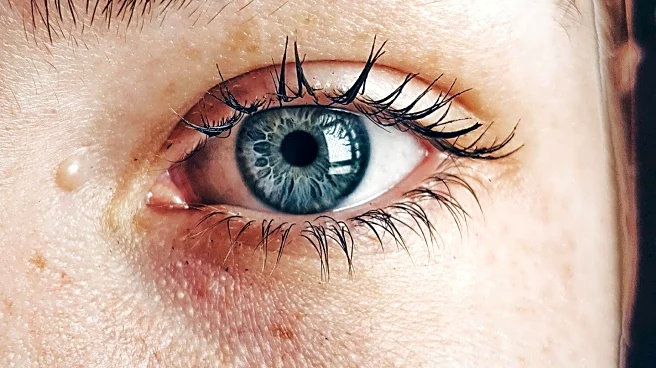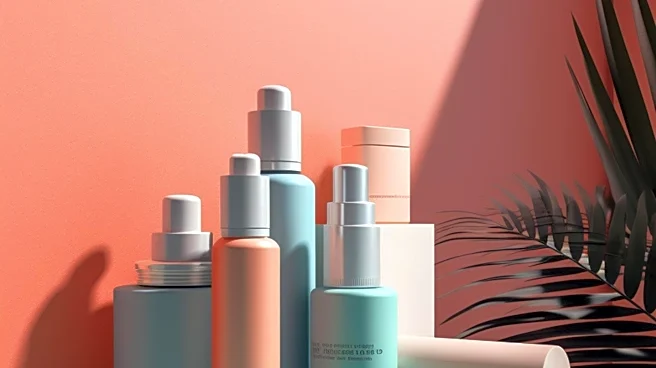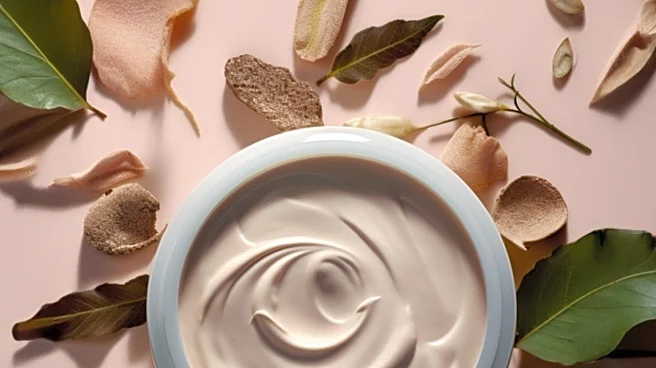What's Happening?
Researchers at the Perelman School of Medicine at the University of Pennsylvania have found scientific evidence supporting the use of rosemary extract in skincare routines. The study, published in JCI
Insight, highlights the potential of carnosic acid, an antioxidant found in rosemary, to improve wound healing and reduce scarring. The research was inspired by viral claims on social media platforms like TikTok and Instagram, where beauty influencers touted rosemary's healing properties. The study involved controlled laboratory experiments on mice, demonstrating that carnosic acid cream accelerates wound closure and restores skin components such as hair follicles and oil glands. The findings suggest that rosemary extract can shift the healing process from scarring to healthy skin regeneration.
Why It's Important?
The study's findings could have significant implications for the skincare industry and individuals seeking effective treatments for skin injuries. Rosemary's accessibility and low cost make it an attractive option for further investigation into its use in human wound care, particularly for patients at risk of excessive scarring. The research also highlights the importance of scientific validation for popular skincare trends, potentially influencing consumer choices and product development. By providing evidence-based support for rosemary's healing properties, the study may encourage more rigorous testing of natural ingredients in skincare products.
What's Next?
The researchers at Penn suggest that individuals consult with healthcare professionals before incorporating rosemary-based products into their skincare routines. The study opens the door for further research into rosemary's potential applications in human wound care, with the hope of developing new treatments that minimize scarring. The findings may also inspire other studies to explore the healing properties of natural ingredients, potentially leading to innovative skincare solutions.
Beyond the Headlines
The study underscores the intersection of social media influence and scientific research, highlighting how viral trends can spark academic curiosity and lead to meaningful discoveries. It also raises ethical considerations regarding the promotion of unverified claims on social media, emphasizing the need for scientific validation to ensure consumer safety and efficacy.











